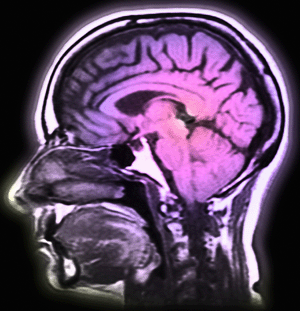A sensitive new technique for monitoring the heating of the head caused by mobile phones could be used to account for the effects of radiation on intricate structures such as the eye and the inner ear. Jeroen Van de Kamer and colleagues of the University of Utrecht in the Netherlands used ‘quasistatic zooming’ to calculate the absorption of radiation at much higher resolutions than previous studies. They found that some small-scale structures in the head absorb more radiation than conventional methods had indicated (J Van de Kamer and J Lagendijk 2002 Phys. Med. Biol. 47 1827).

Previous studies of the absorption of radio-frequency radiation in the body – and the associated increases in temperature – have detected variations on scales larger than 2 mm. This approach is adequate for studying relatively large organs in the head, such as the brain, which mostly consists of the same type of tissue.
But Van de Kamer and Lagendijk suspected that this method would not accurately map absorption in small organs like the eye and the inner ear. These contain a variety of tissues – such as bone, eye humour and muscle – that each absorb radiation to a different degree.
To test their theory, the researchers calculated the effects of a mobile phone – simulated by an antenna emitting radiation with a wavelength of 915 MHz – on a computer model of the head of a female adult. They monitored the absorption on scales of 0.4 mm, 1 mm and 2 mm, that is, with the largest ‘volume element’ over 64 times bigger than the smallest. On the largest scale, the pattern of absorption closely matched that of earlier experiments, which indicated a maximum temperature rise in the head of 0.15 K.
On the smaller scales, the results for the brain were also similar to those of previous studies, but, as predicted, the team found different levels of absorption in other parts of the head. In particular, a layer of cerebral spinal fluid around the brain was found to absorb higher levels of radiation than the rest of the brain.
The researchers say that this demonstrates the importance of establishing how small regions consisting of different tissues react to radiation. They say that this is especially important in organs that are held close to mobile phones, such as the ears.
“It is clear from our study that, for small-scale structures, high-resolution electromagnetic modelling is a necessity,” said Van de Kamer. Having demonstrated their technique, the researchers say that it could now be used at much higher resolutions.



